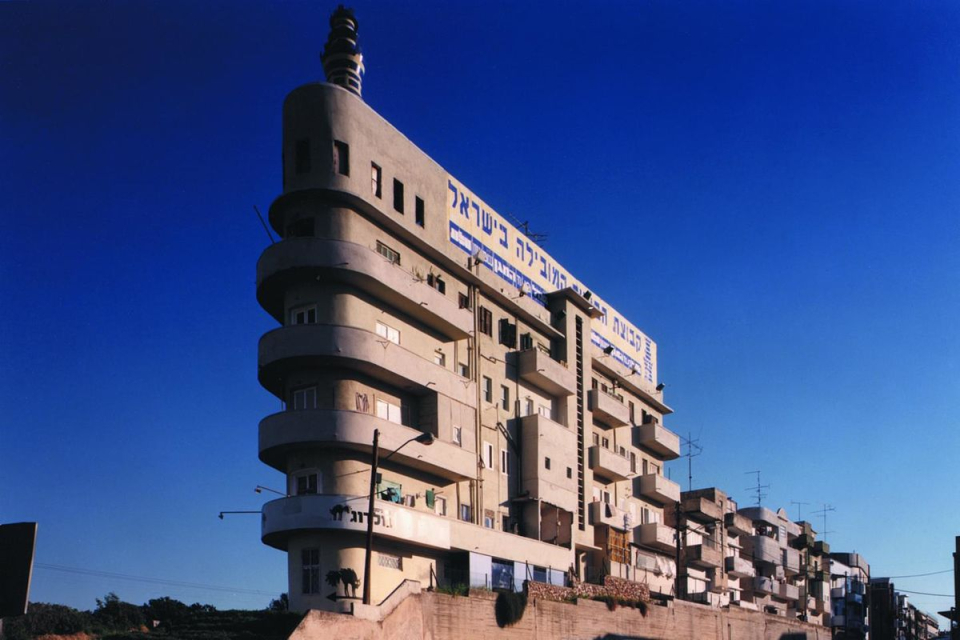The 700 total students that enrolled at the Bauhaus during its short 14-year existence dispersed globally, too, including four architects—Arieh Sharon, Munio Gitai Weinraub, Shmuel Mestechkin, and Shlomo Bernstein—who moved to British Mandatory Palestine in the 1930s. There, they found a rare opportunity, a modernist architect’s dream: the chance to shape a 20th-century city almost from scratch, serving thousands of newcomers in need of housing and urban amenities. That city was the newly established Mediterranean metropolis of Tel Aviv.
As a result, the city now boasts more than 4,000 International Style structures, one of the largest concentrations in the world. “There’s a treasure here,” says Nitza Szmuk, a Tel Aviv–based architect who conducted a citywide survey in the 1990s that identified the exact number.
....
And the communal ideals of the Bauhaus—which aimed to break down barriers between fine artists, craftsmen, and manufacturers—resonated with Tel Aviv’s mostly working-class founding generation, who wanted architecture that reflected egalitarian values. “Architecture is, in a sense, the mirror of society,” Sharon wrote in his book Kibbutz + Bauhaus: An architect’s way in a new land (1976). “But it should not be only a reflective, passive mirror, but also an active, guiding force, directing future development of the community.”
Sharon used architecture to forge community in his crowning achievement of the 1930s: the Cooperative Workers Residences (1933–35) in central Tel Aviv. The U-shaped housing complex, whose inspiration has been attributed to the Gropius-designed Bauhaus dormitories in Dessau, included many shared spaces for residents to meet, including an inner courtyard, a kindergarten, a ground-floor grocery store, an assembly hall, and reading rooms.
The majority of Tel Aviv’s International Style buildings didn’t recall their Bauhaus predecessors, though. For the most part, Tel Aviv architects adapted the International Style to the city’s harsh Mediterranean climate. Glass use was more limited in Tel Aviv, in order to reduce the potential greenhouse effects of the strong Middle Eastern sunlight. The horizontal ribbon windows that graced European International Style buildings were replaced with dramatic balconies, creating horizontal lines that broke up otherwise geometric exteriors; while they functionally allowed for shade and ventilation, they were also a sneaky form of embellishment, since the striking shadows cast by the balconies ornamentally shifted throughout the day. A tour guide at the Bauhaus Center Tel Aviv, Elisa Wexler, emphasized: “Bauhaus in Tel Aviv is a Tel Avivian Bauhaus.”
....
